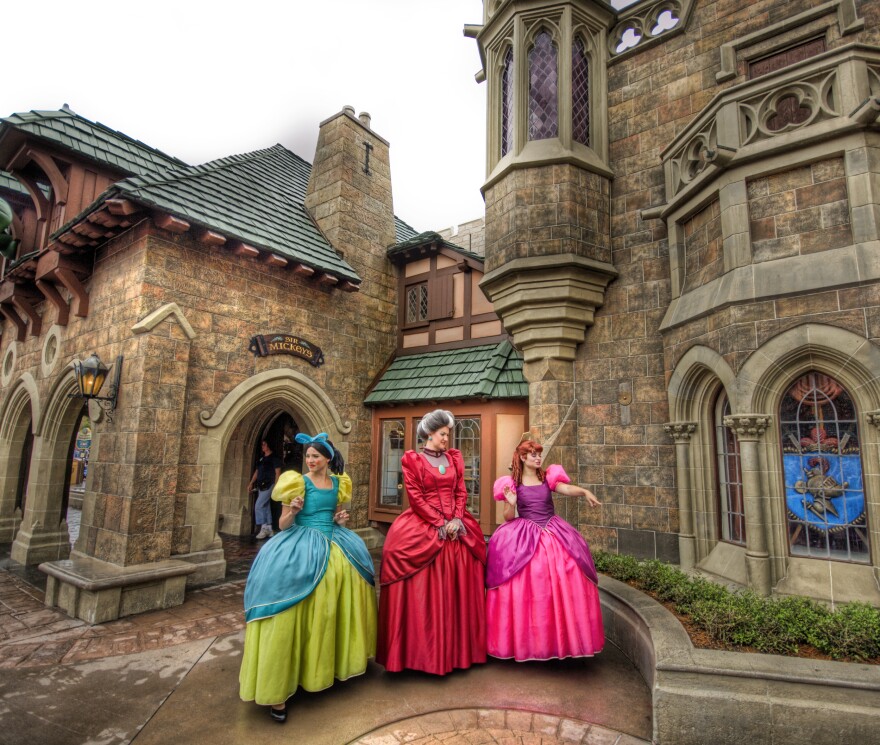Kailey Foster: When it comes to creating new family dynamics it is easy to think you're the only one going through it. Healthy Relationships Utah's Alyssa Johnson joins me today to talk about the history of stepfamilies.
How common are stepfamily dynamics?
Alyssa Johnson: Yeah, so about half of all the marriages that happened in the year are remarriages, and even a growing number of first marriages are forming stepfamilies. One in three children are stepchildren, and out of three Americans are now in a stepfamily relationship.
So more than half of all Americans will be in one or more step-situations in their life. This just shows that those family relationships are pretty common. There just doesn't tend to be a lot of supports for stepfamilies, which is unfortunate. And that's why we are here trying to help that.
KF: So where did the idea of stepparents come from?
AJ: So large number of stepfamilies in this country is definitely not a new phenomenon. Remarriage rates were much higher in the 18th and the 19th century than they are now.
The average length of marriage in the late 1700s was only about seven years long. Now, this was due to women dying in childbirth at a higher rate and people dying more often due to medical causes and sets. So, because of this, another parent was needed to step into the situation to either help with the children or help on the farm with work, etc.
KF: What are some of the differences between those families in the 1800s and now?
AJ: So, as I said, stepfamilies are really not a new phenomenon. And actually, the average length of marriage in the 1990s was seven years, which is the theme of the families in the 1700s. It's the combination of divorce leading to remarriage that is the unprecedented new thing.
KF: And over the years, we've been told the stories of the evil stepparent, how might this perception be incorrect?
AJ: So, fairytales may have an effect on how children view their stepparents and because specifically, we tend to hear more about the evil stepmother. Stepmothers may try to overcompensate to overcome these stereotypes.
Most parents are pretty loving and they want to be involved in their family in a positive way. The family is learning how to become a new family. Sometimes that may feel awkward. Sometimes that might feel different, but they're just learning, and it takes a little bit of time.




